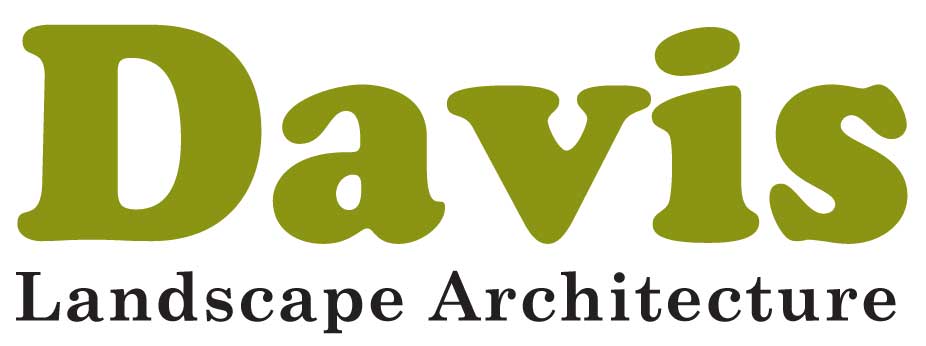We were appointed by a developer client as landscape architects for this residential development located in Belsize Park, North London. Our scope of works was to develop a sketch landscape design for client approval, prepare landscape architect ‘s information to discharge landscape related Conditions, then to prepare of a full tender package of landscape architect ‘s information to enable the construction of the external work.
The proposed buildings are replacing four existing houses in a terrace located within a Conservation area. Basement parking is located under the proposed dwellings and under the proposed gardens. As a consequence the rear gardens to this residential development are located on a structural slab, effectively roof gardens. Within the envelope of the rear gardens a significant step in the structural slab needed to be accommodated within the landscape design.
Our landscape architect’s brief for the rear gardens was to maximise the usable space, provide an attractive housing for mechanical plant associated with the individual dwellings and to provide the end user with a high quality pleasant and flexible space. Our landscape architects worked hard to provide a landscape design which would accommodate sufficient depths of topsoil in critical locations so large localised specimen planting could be accommodated.
The front gardens needed to provide a suitable means of pedestrian access to the dwellings from the street, whilst providing adequate space and access to the enclosed bin stores. The planting and paving specified in this location needed to be of a suitable high quality for an area of this extraordinary architectural quality.
Finally, we needed to resolve vehicular access requirements to the basement car park at the rear of these dwellings. This zone needed to accommodate the access requirements of the residents cars, the service vehicles and the occasional pedestrian access to two of the four rear gardens.
